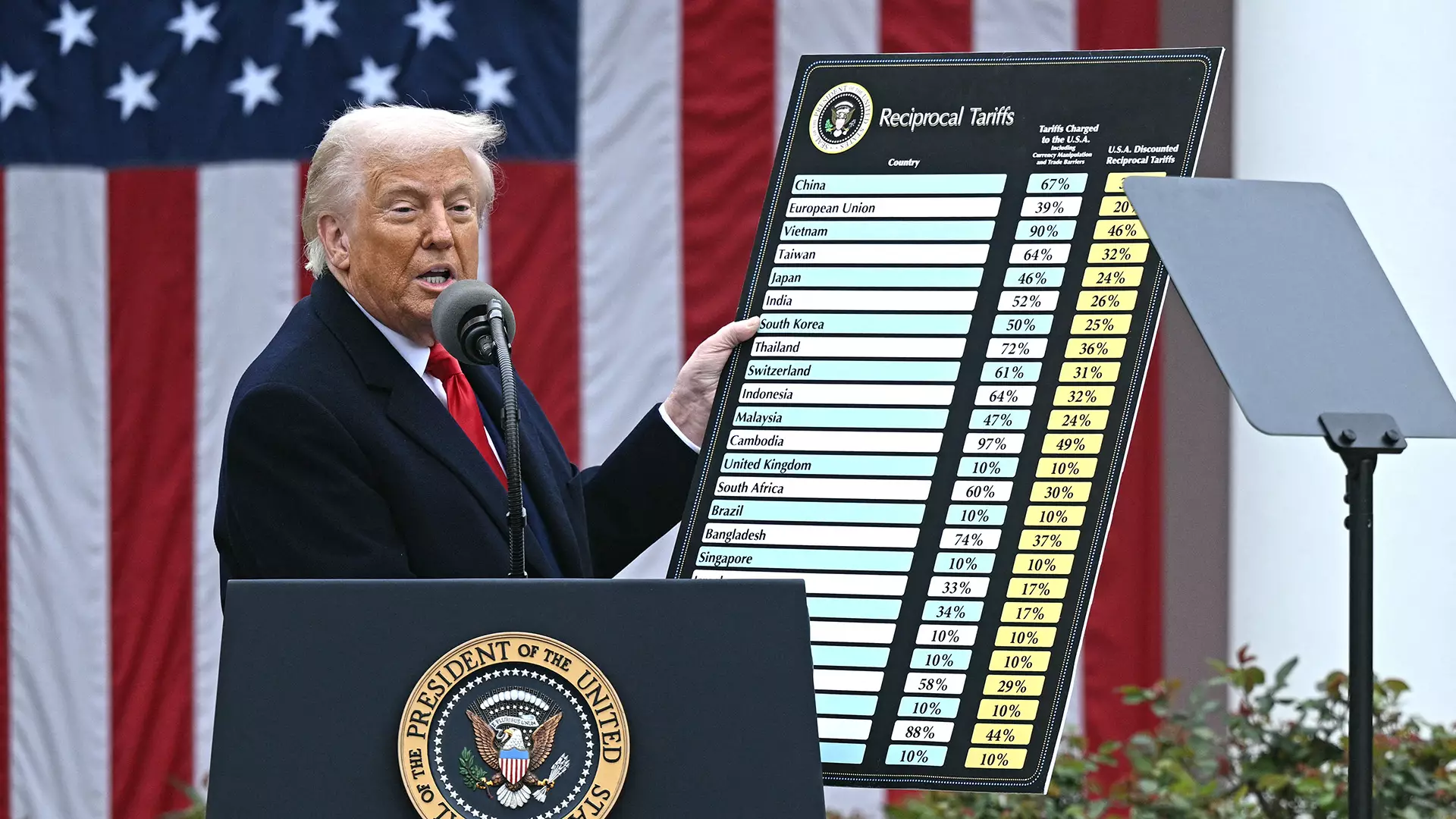In recent months, the United States has ramped up its trade defenses through a series of aggressive tariff implementations. Initially designed to protect domestic industries and leverage diplomatic negotiations, these tariffs now threaten to ripple far beyond their original scope. The strategy hinges on imposing reciprocal tariffs—measures that retaliate against foreign countries for what is perceived as unfair trade practices—yet the reality is far more complex. While these tariffs may seem like a straightforward tool to level the playing field, they carry the potential to distort global supply chains, inflame international tensions, and ultimately, stifle innovation.
The assumption behind such measures—namely that increasing costs will incentivize domestic production—overlooks a fundamental truth: the modern technological ecosystem is intricately interconnected. For example, Taiwan’s semiconductor industry, which supplies a significant share of the world’s advanced chips, faces uncertainty as the U.S. targets countries like China, Malaysia, and Taiwan itself. The nuanced political and economic relationships complicate these tariffs, risking retaliation and further disrupting a sector crucial for everything from consumer electronics to military systems. The ongoing negotiations reflect a fragile balance—each side trying to protect interests without collapsing the global trade ecosystem entirely.
The Hidden Cost of Protectionism on Innovation and Growth
While the narrative may focus on fairness and national security, the real casualties are innovation and economic efficiency. The heavy-handed imposition of tariffs disrupts supply chains that have been optimized over decades, causing immediate increases in costs for manufacturers and consumers alike. For example, the surge in tariffs on semiconductors has forced chip producers like TSMC and Samsung to speed up their plans for domestic manufacturing, including new facilities in the U.S. However, these capital-intensive projects are expensive and time-consuming, and they cannot immediately offset the global demand for chips. This transition period inevitably leads to shortages, higher prices, and delays affecting industries dependent on cutting-edge technology, including gaming hardware, mobile devices, and automotive sectors.
Furthermore, the notion that tariffs will bolster domestic industries ignores the counterproductive effects of reducing global competition. Innovation thrives in competitive environments that encourage the exchange of ideas, talent, and technology. When tariffs inflate the cost barrier, companies have less incentive to pursue innovative solutions domestically. Instead, they find themselves locked into inflated costs, which can dampen investment and slow technological progress for years to come. The disruption is not solely economic but cultural, as the U.S. risks isolating itself from the collaborative spirit that propels technological advancement on a global scale.
The Long-Term Risks to Global Leadership and Innovation
The broader concern is how these tariffs influence the United States’ position as a global leader in technology and innovation. By creating barriers that hinder international cooperation, the U.S. risks falling behind in the rapid development of critical technologies like artificial intelligence, quantum computing, and next-generation semiconductors. Countries like China and Taiwan are investing heavily in their own industries, and retaliatory tariffs may push them further to accelerate their independence from U.S.-designed supply chains.
The recent focus on bypassing foreign chip manufacturing—building new facilities and expanding domestic capacity—can be viewed as a necessary but insufficient step. It cannot fully compensate for the global ecosystem’s interconnectedness and the economies of scale achieved through international trade. If the cycle of tariffs and retaliations continues, innovation stagnation becomes a real threat. Companies may be forced to prioritize cost-cutting and short-term gains over research and development, fundamentally altering the landscape of technological progress.
Beyond economic ramifications, these policies can create geopolitical fissures, breeding mistrust and reducing avenues for diplomatic engagement. The game of tariffs, while seemingly a bargaining chip, risks turning into a long-term strategic minefield where the cost to global progress and stability may outweigh any short-term benefits. In a world where technological supremacy is increasingly intertwined with national security, such protectionist measures may ultimately do more harm than good for all involved, including the United States itself.

